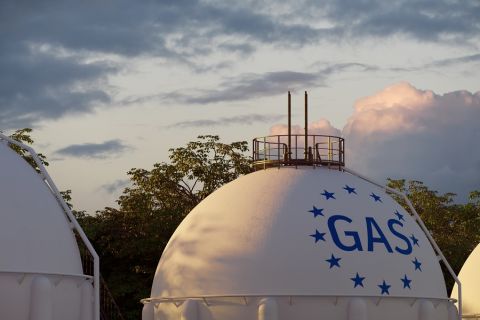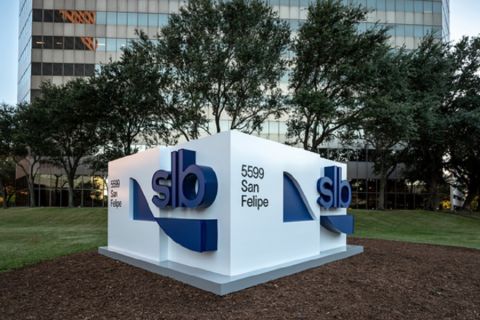
(Source: eyeidea/Shutterstock.com)
There was a time when a person could drive the Permian Basin’s highways and byways for hours without seeing another vehicle. I remember traversing one stretch of road between Big Lake and Stanton as a child that was especially spooky at night, so dark that the light from a full moon was enough to make a raccoon’s eyes reflect long before the headlights on my parent’s car would.
Imagine my surprise and dismay when, 30 years later, more than three dozen trucks whizzed by as I made my way along that same stretch of asphalt ribbon that crosses the heart of the Midland sub-basin.
Much has been said and opined about the increased traffic and destroyed roads of the Permian Basin, much of which lies in the Odessa District for the Texas Dept. of Transportation (TxDOT). The district, at more than 18,000 sq miles in size, is responsible for the investment of resources, building new or maintaining and adapting existing infrastructure to support the transportation needs for the booming basin.
Between 2010 and 2015, the Midland-Odessa area was the fastest-growing region in the U.S., according to TxDOT. While only 2% of the state’s population lives in the Permian Basin, the region had 11% of all traffic fatalities in the state in 2017, according to a TxDOT study.
Recognizing the need for safer roads and highways, the U.S. Dept. of Transportation in December awarded $50 million in Better Utilizing Investments to Leverage Development (BUILD) Transportation grants to the state. The BUILD grants will be specifically used to replace existing four-way stops with overpasses at State Highway (SH) 302 and SH 115 (including over the railroad) in Kermit and at SH 158 and SH 137 and to improve SH 137 west of Garden City.
In addition, the Texas Transportation Commission approved TxDOT’s 10-year transportation plan called the Unified Transportation Program in late August. Of the $77 billion in the plan, more than $2 billion is earmarked for safety improvements in the Permian Basin, according to an Odessa American article.
“Projects focus on safety, connectivity [and] congestion relief as well as improving mobility at high-volume intersections. Funding also will pay for pavement strengthening for roadways with high truck volumes and weights,” a TxDOT press release stated.
Just as all roads once ran to Rome, so too are the energy highways running to and through the Permian. The billions of dollars in funding will go far to ensure the continued growth of the basin currently ruling the oil markets. For now, it appears that with this oil boom, the region is not squandering it all away, but building a brighter future for all.
Recommended Reading
Wayangankar: Golden Era for US Natural Gas Storage – Version 2.0
2024-04-19 - While the current resurgence in gas storage is reminiscent of the 2000s —an era that saw ~400 Bcf of storage capacity additions — the market drivers providing the tailwinds today are drastically different from that cycle.
Biden Administration Criticized for Limits to Arctic Oil, Gas Drilling
2024-04-19 - The Bureau of Land Management is limiting new oil and gas leasing in the Arctic and also shut down a road proposal for industrial mining purposes.
SLB’s ChampionX Acquisition Key to Production Recovery Market
2024-04-19 - During a quarterly earnings call, SLB CEO Olivier Le Peuch highlighted the production recovery market as a key part of the company’s growth strategy.
PHX Minerals’ Borrowing Base Reaffirmed
2024-04-19 - PHX Minerals said the company’s credit facility was extended through Sept. 1, 2028.
Exclusive: The Politics, Realities and Benefits of Natural Gas
2024-04-19 - Replacing just 5% of coal-fired power plants with U.S. LNG — even at average methane and greenhouse-gas emissions intensity — could reduce energy sector emissions by 30% globally, says Chris Treanor, PAGE Coalition executive director.





